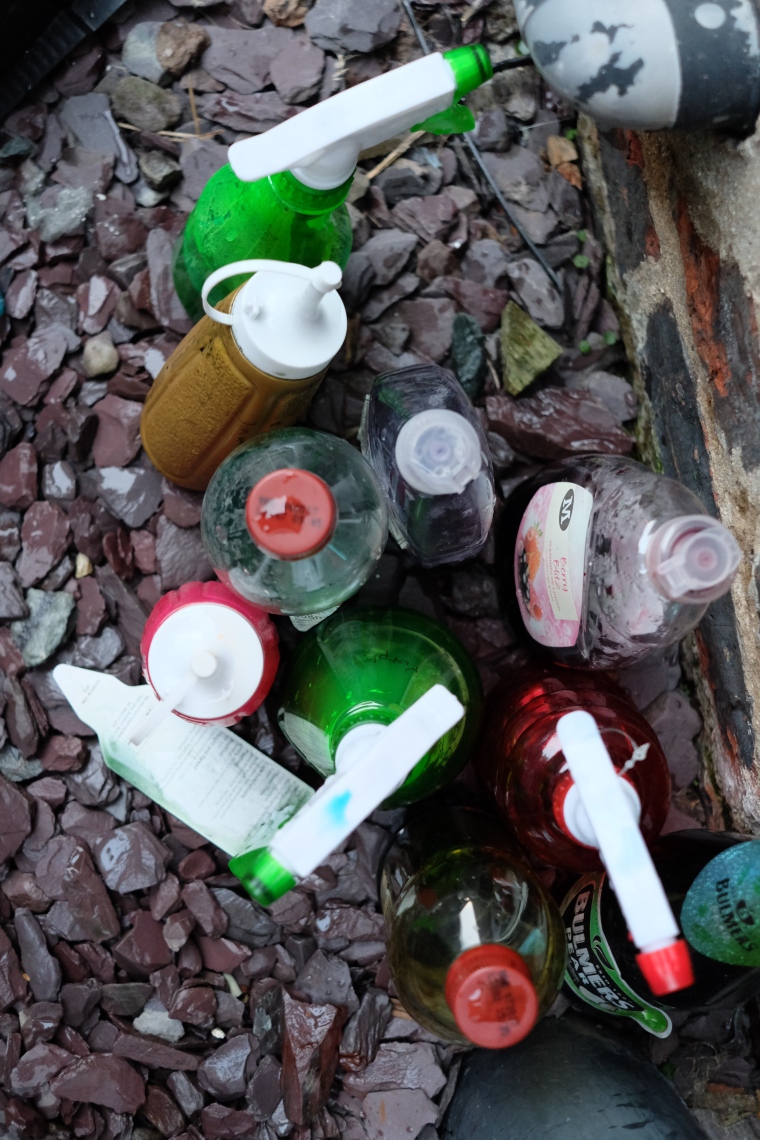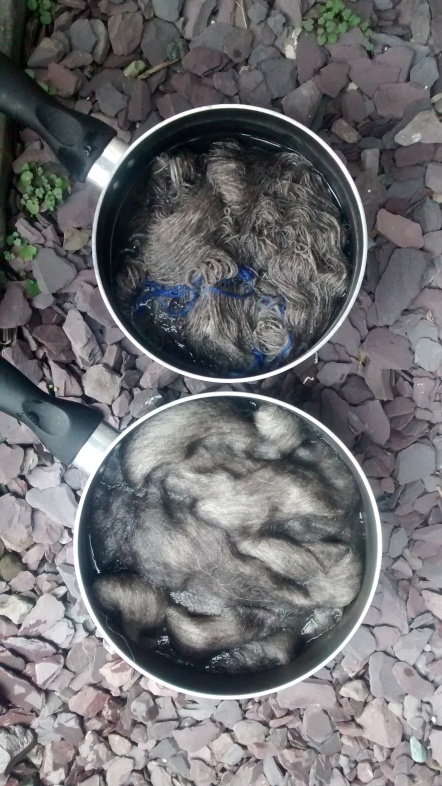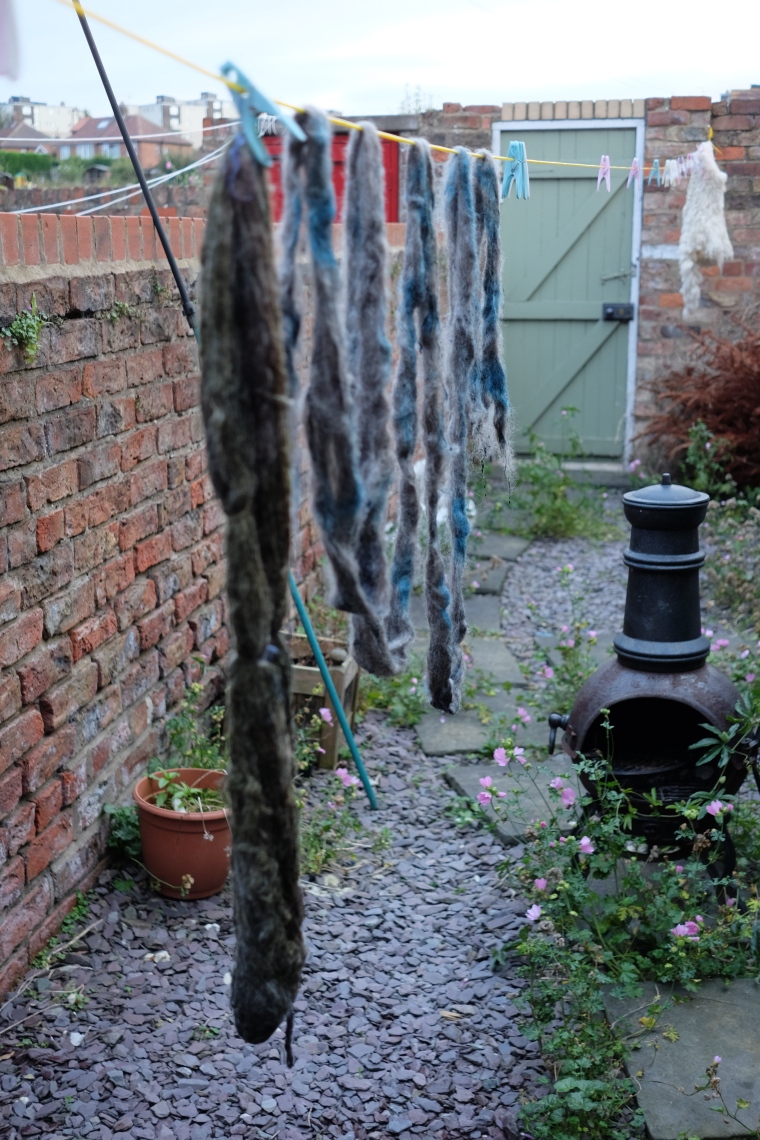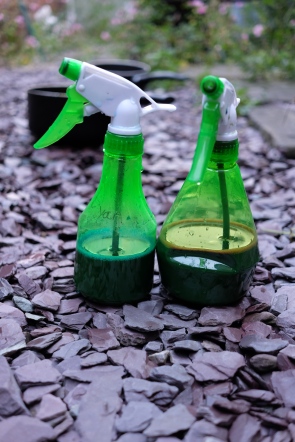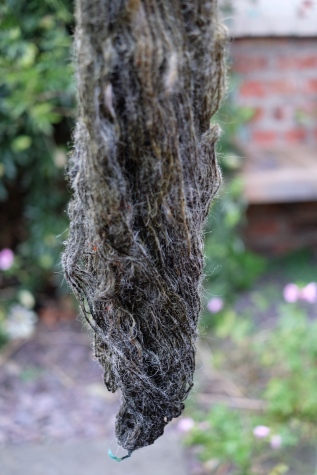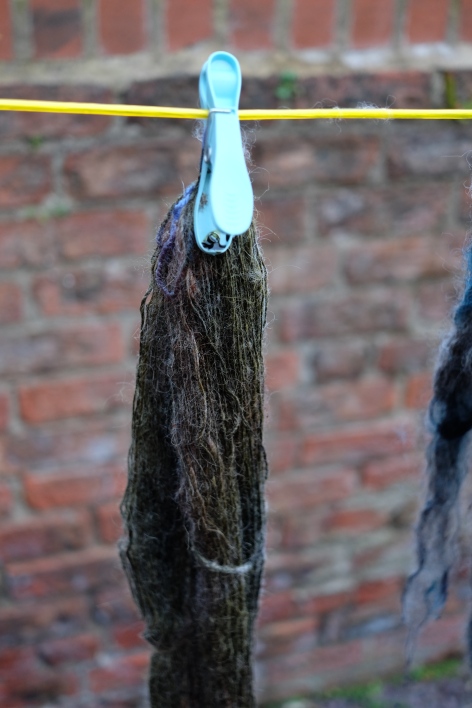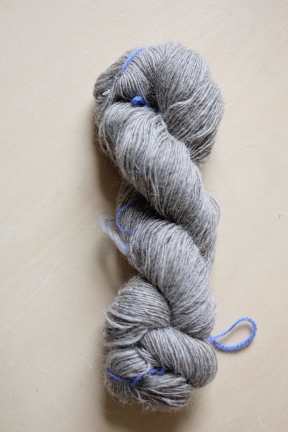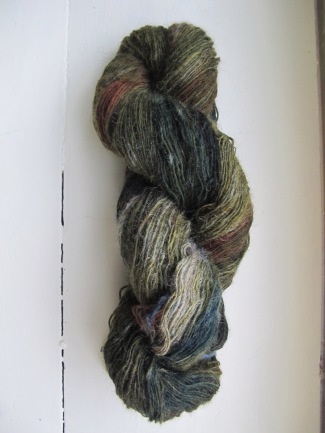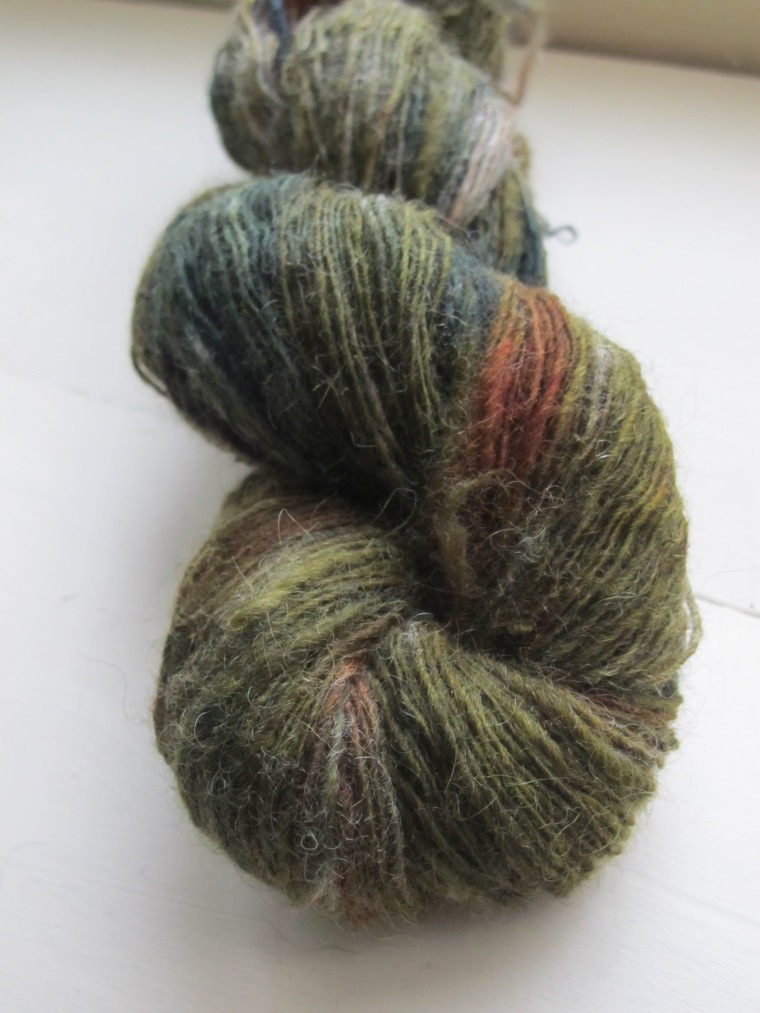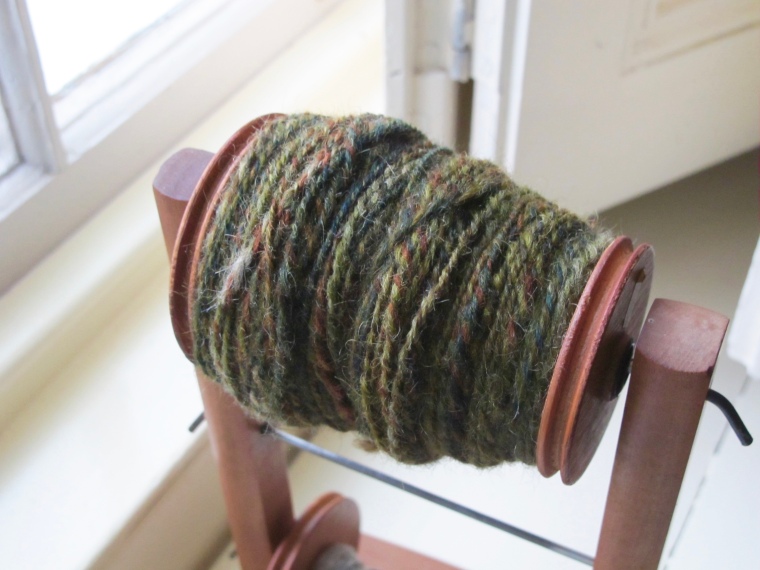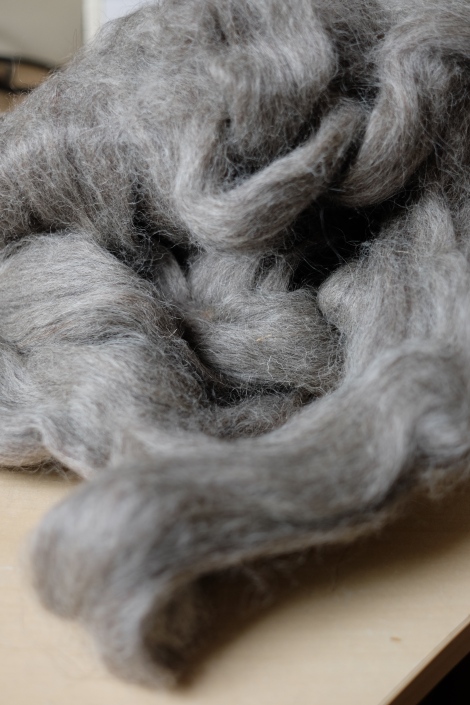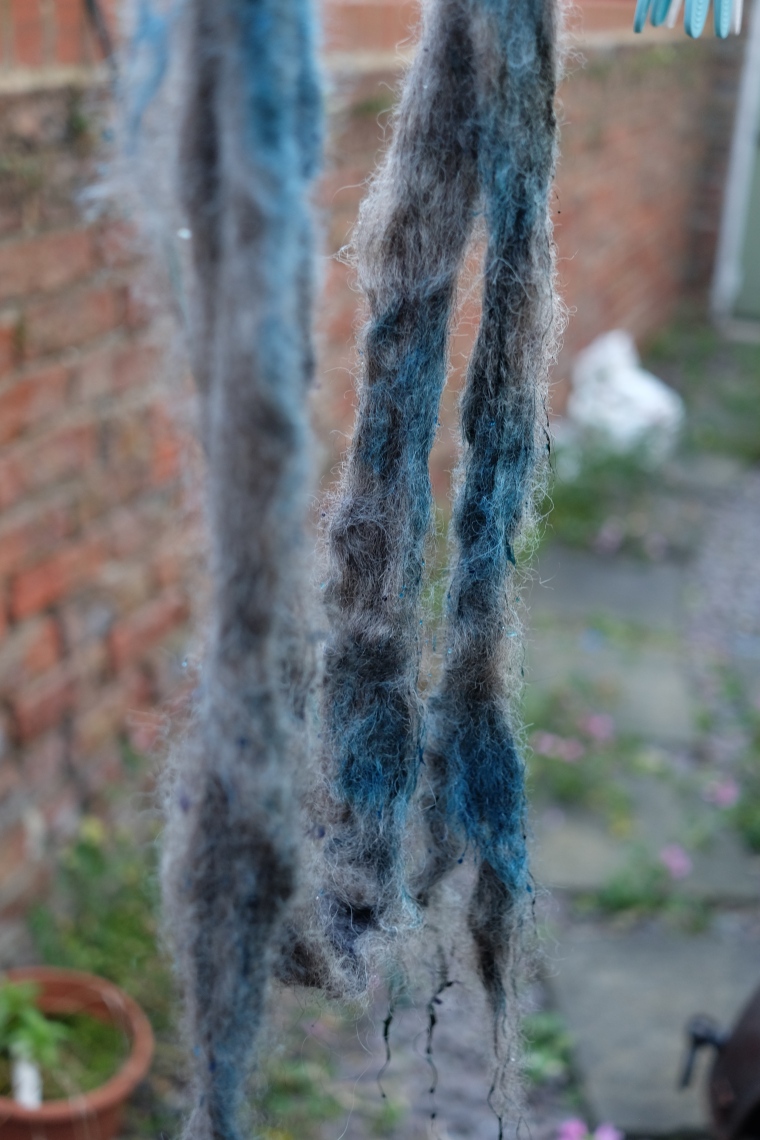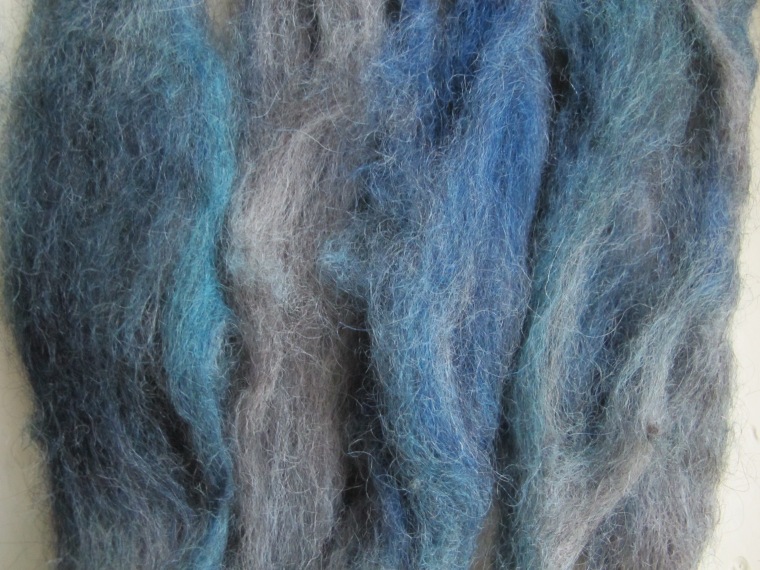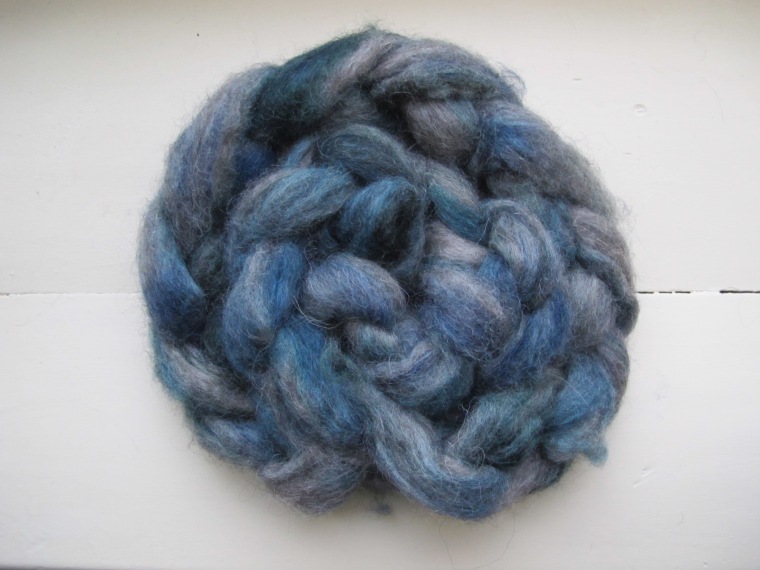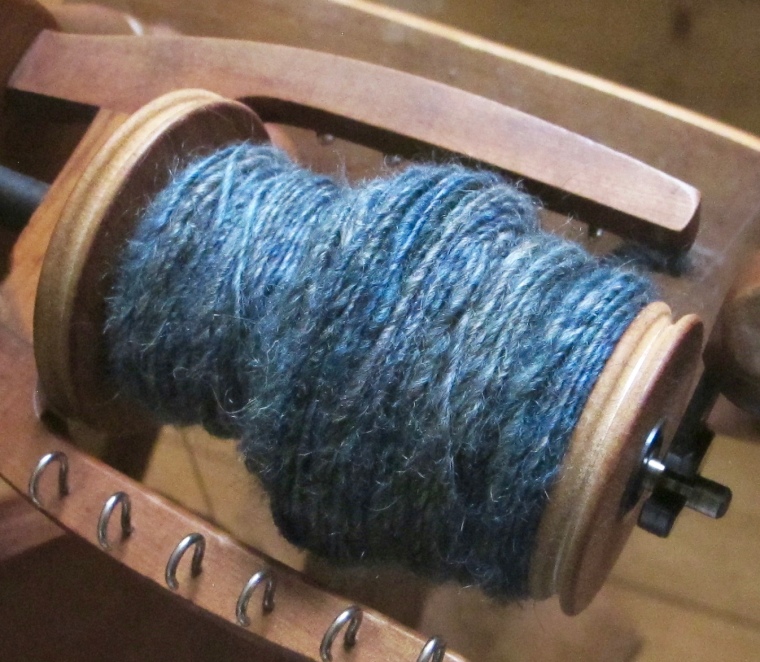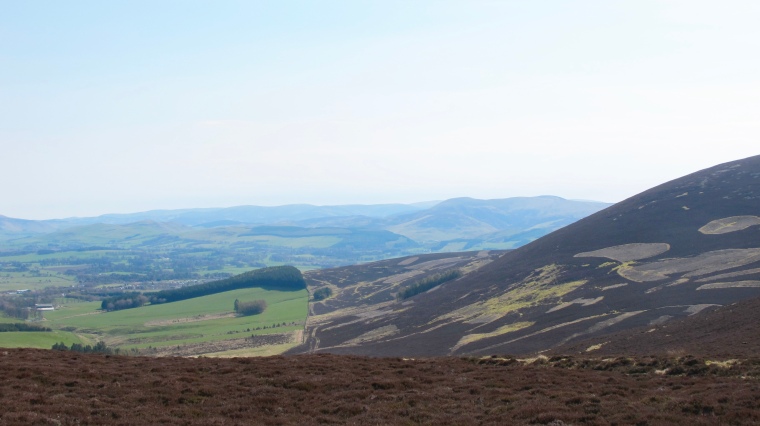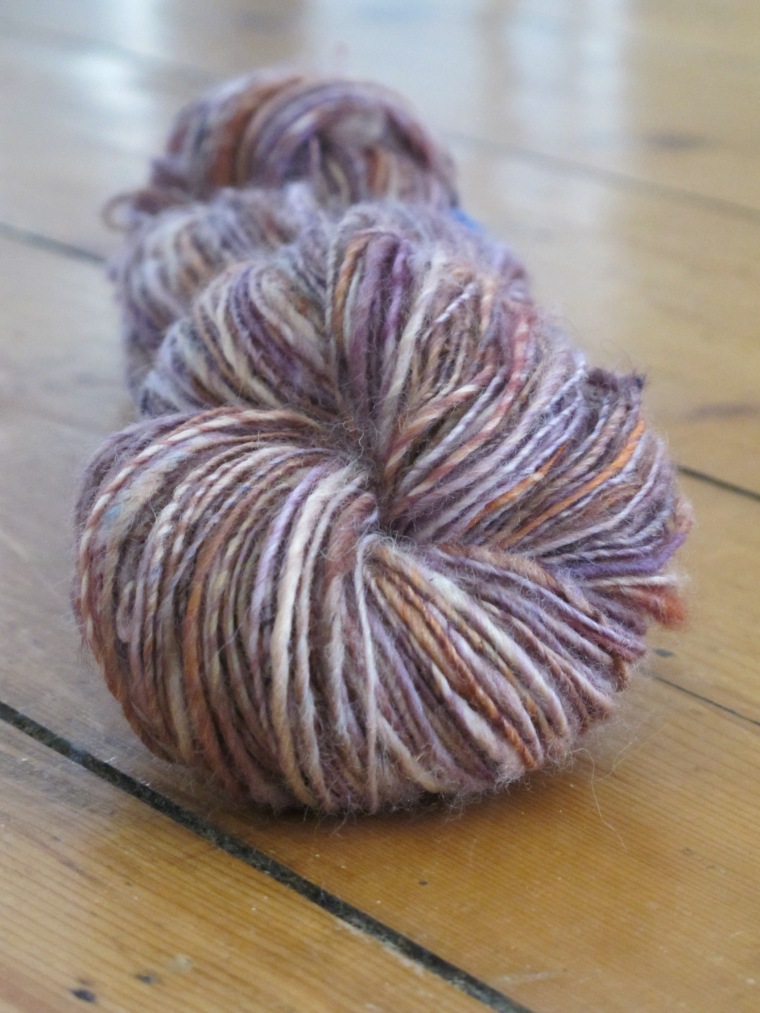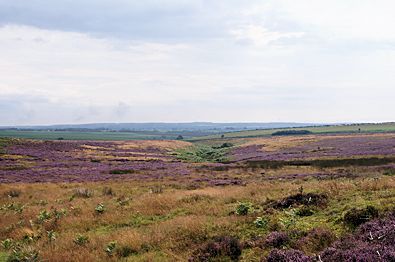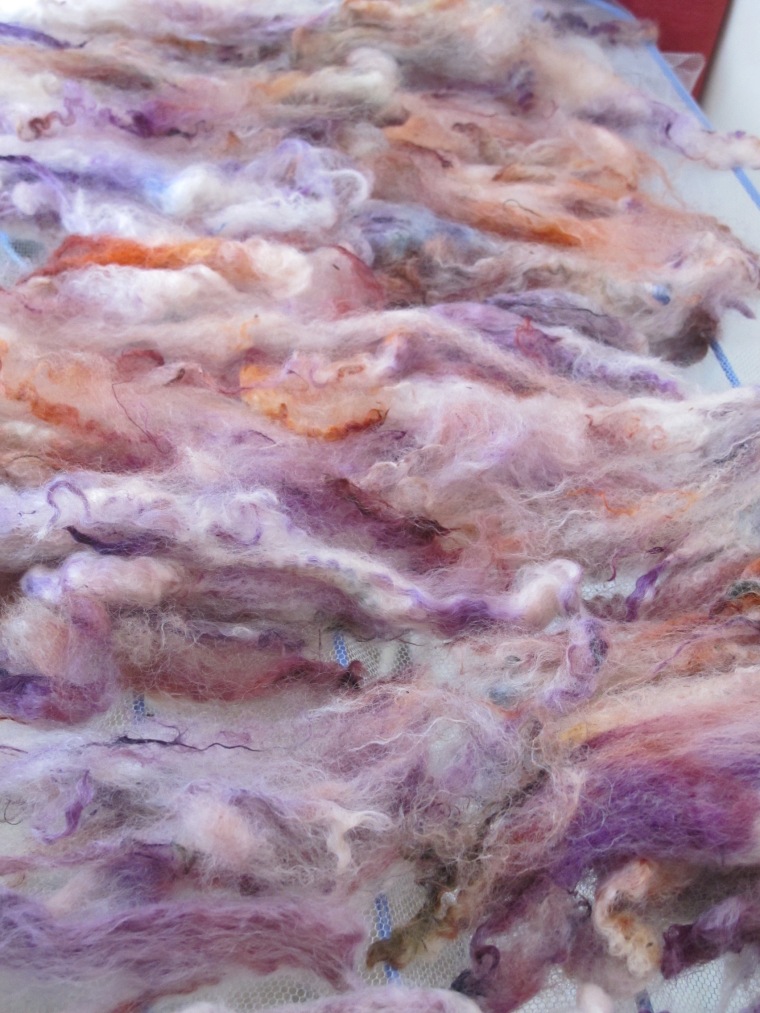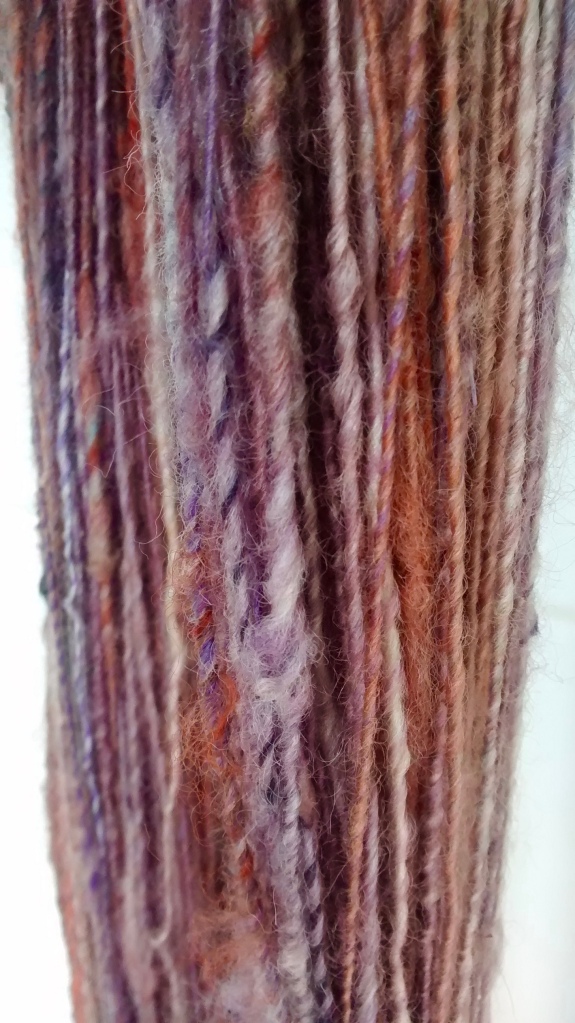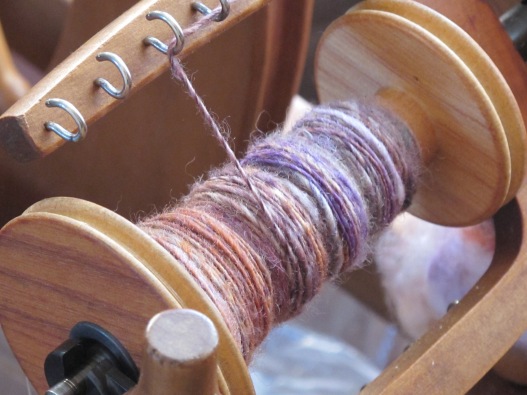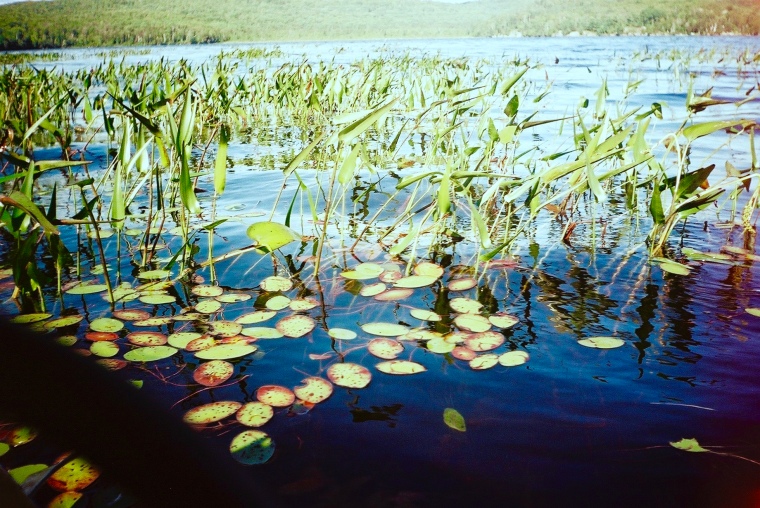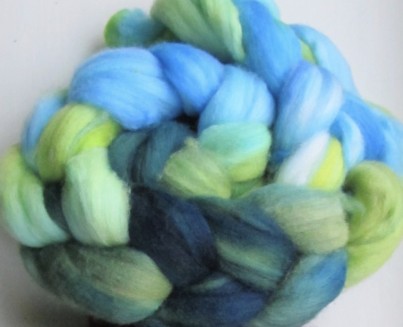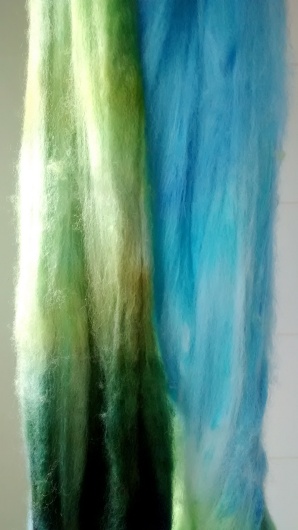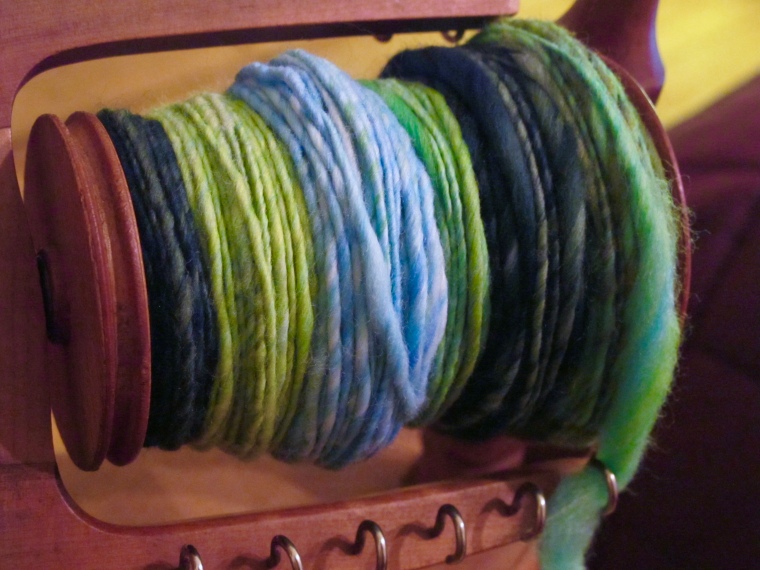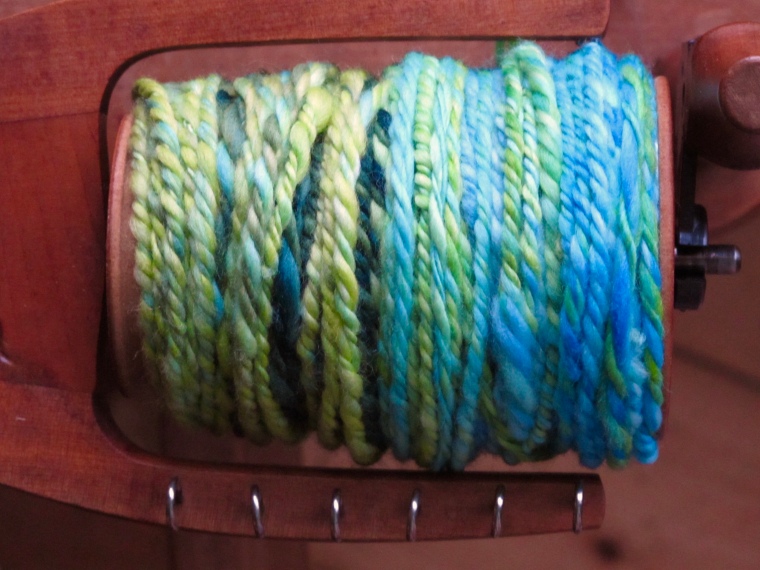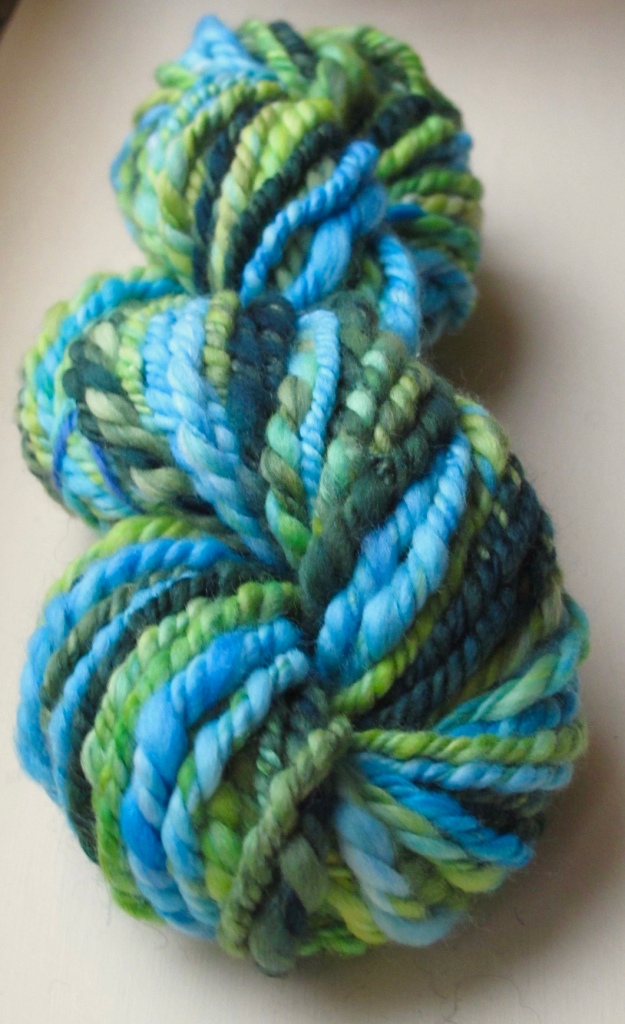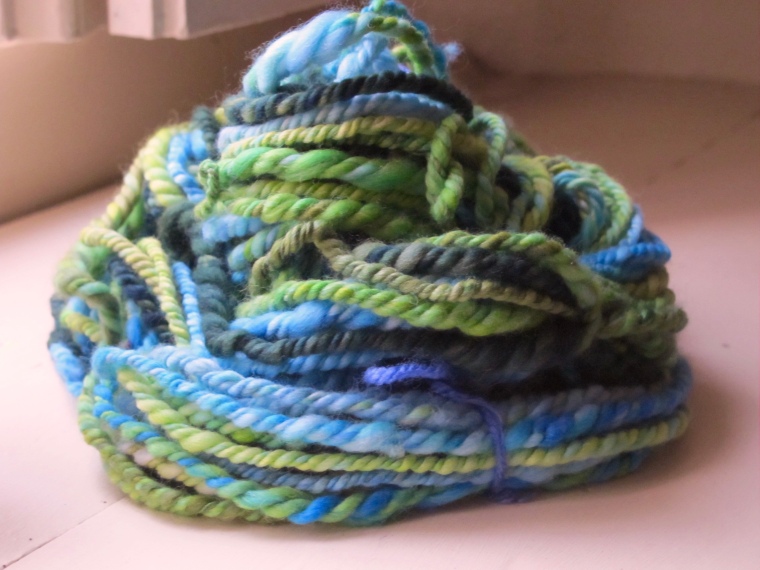A lot of things have been happening in my little spinning and yarn world over the last few months. The biggest one, for me personally at least, is that I got more focussed about my colours.
When you sell on Etsy, you receive a lot of tips about improving your shop and there is a lot of talk about branding, which is something that is foreign and which I’d rather not think about. But then I discovered a really beautiful brand of hand-dyed yarns from Canada. I came across them by accident through a knitter whom I follow on Instagram and I was inspired by their colours and the simple elegance of their land and sea colour inspiration. They’re called Lichen and Lace and at some point I will treat myself to a lot of their yarn.
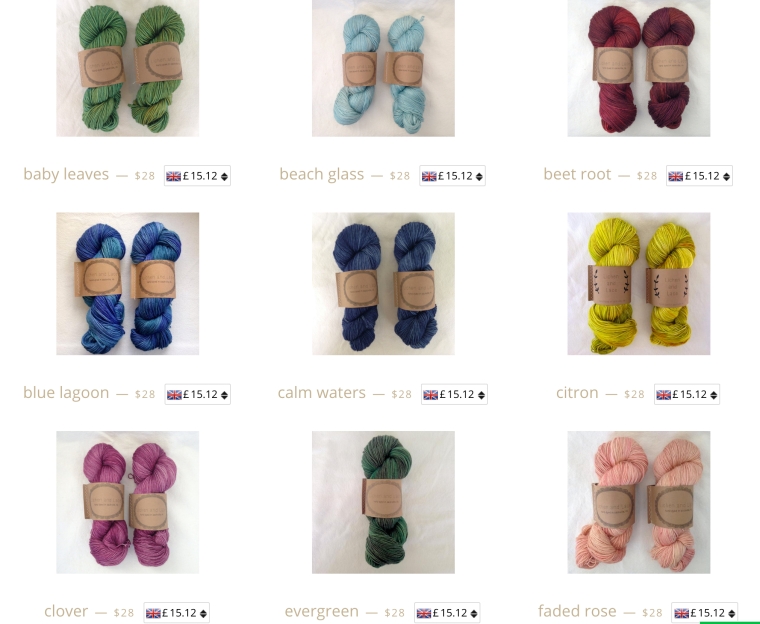
This got me thinking about what really inspires my colours. Since my yarns are all one-offs, my dyeing until now was usually a case of throwing around colours in whatever way I fancied. I named my yarns after towns and places, but my associations were sometimes loose and after the fact. So I decided to get back to basics and think about what has always inspired me.
The answer was pretty simple. Landscapes. And I’ve even blogged about them before (see Landscape Yarns, and More Grey Sheep Love: Spinning with Gotland)
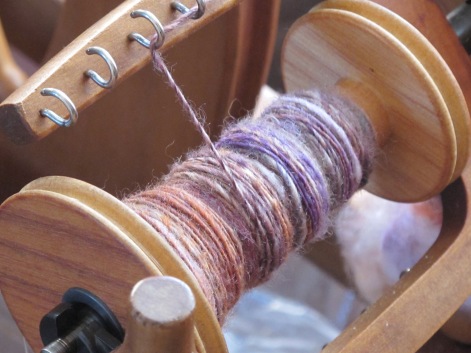
I’ve always gotten a bit annoyed at people who turn crafts into long-winded academic exercises. I don’t think that dyeing or spinning are academic and I’m not trying to swing things in that direction. However, sometimes it’s nice to make the simple act of adding dye to wool into something a bit more personal.
Back in my previous life as an experimental film student I was inspired by the wonderful Canadian artist Joyce Wieland.
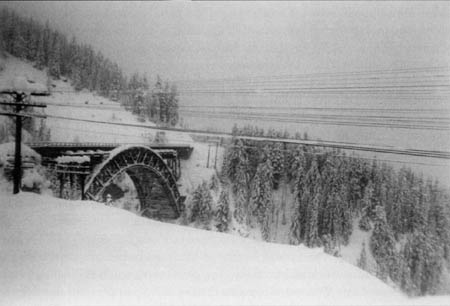
I loved her for so many reasons: her take on feminism, her promotion of traditional crafts, her Canadian patriotism… But more relevantly, she talked about landscape and how Canadians are affected by their sense of landscape.
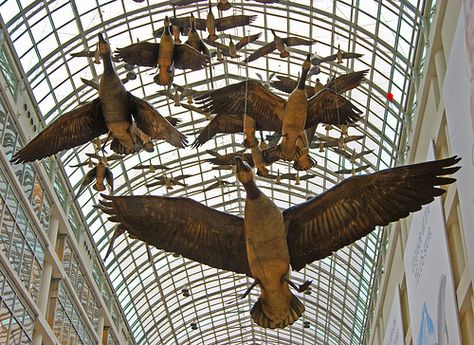
So to get back to yarn: I decided to refocus all my dying and colours on landscapes. And since I live in Scotland, where beautiful landscape, both urban and rural, is abundant, this has not proved to be a problem.
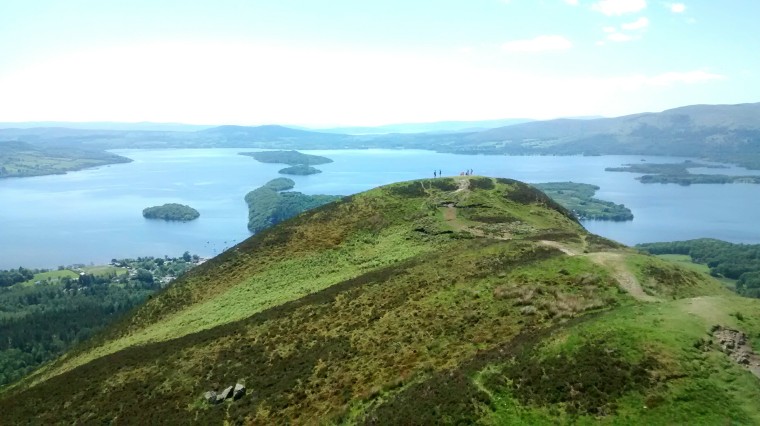
Above are early morning chimney pots from the window of the flat I stayed in the first time I came to Glasgow a few years ago. Beside is its corresponding yarn, a thread-plied thick and thin merino.
Below is a lovely street in Barcelona where I stayed last month, making me want to dye everything blue, pink and green (although you can’t see the lovely green building in this photo).
I’ve started saving pictures of landscape inspiration, and I found that I’ve started to enjoy dyeing more because I’m actually aiming for specific results. I don’t know how much people who buy yarn care about where the inspiration for colours comes from, but for me, it makes it more enjoyable.







